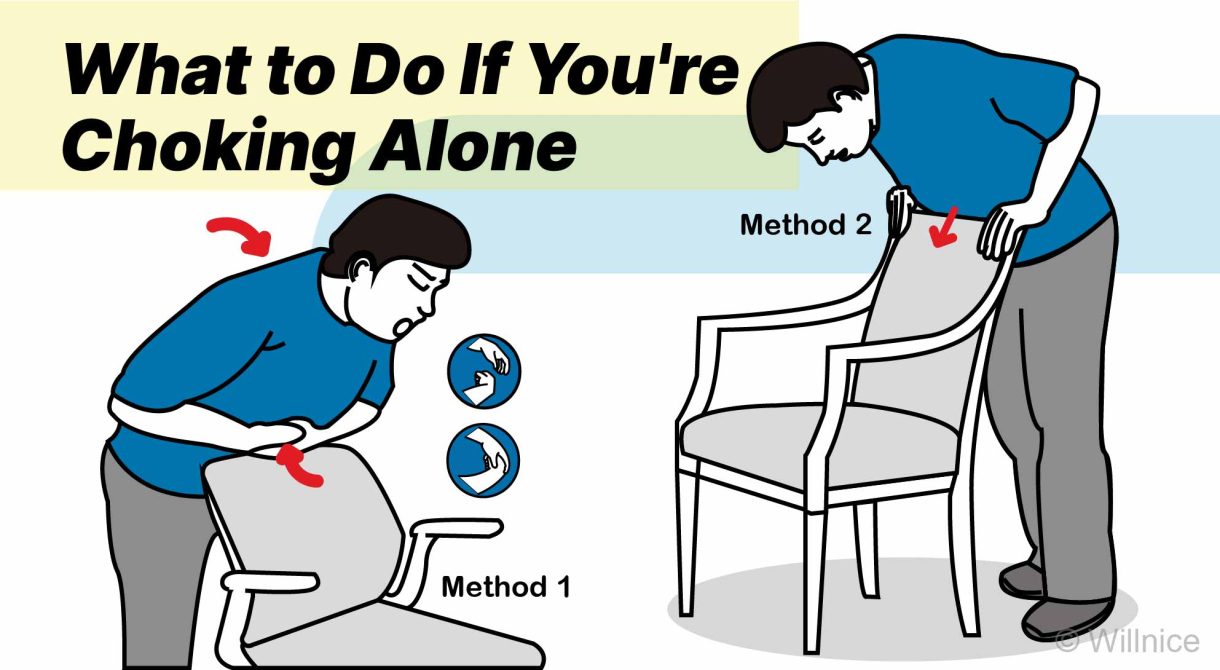
Facing a choking emergency when you're alone can be terrifying, but knowing how to perform the self-Heimlich maneuver could be a lifesaver.
This article serves as your ultimate guide, providing clear, step-by-step instructions on how to effectively administer first aid to yourself. Read on to empower yourself with these essential life-saving skills, ensuring you’re prepared to act swiftly and safely in critical moments.
Facts to be Cleared on Self Heimlich
There are two ways to perform the self-Heimlich maneuver, also known as abdominal thrusts on oneself. Both methods are effective, but they differ slightly in practice—one requires the use of a fist, while the other does not.
But the underlying principle remains the same: to create a forceful upward pressure beneath the diaphragm to expel a foreign object from the airway.
In the United States, organizations including the American Red Cross and other health institutions typically provide similar guidance, though the recommended method may vary slightly depending on the situation and the organization.
Method 1 Self Heimlich Using Fists
This method is traditionally taught and widely accepted, which involves placing a fist slightly above the navel, grasping it with the other hand, and then thrusting inward and upward against a hard surface.
It aligns closely with guidance provided by major health organizations like the American Red Cross and the Mayo Clinic. Below are the detailed instructions:
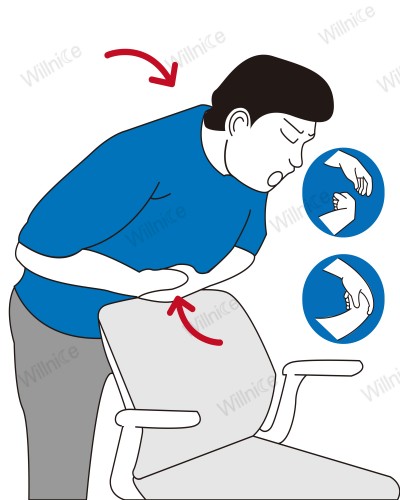
Step 1 Make a Fist
- Start by making a fist with one hand.
- Position this fist slightly above your navel but well below your ribcage. This placement targets the area just below the diaphragm.
Step 2 Grasp Your Fist with Your Other Hand
- Grasp the fist with your other hand tightly to secure it in place. This ensures that the force you apply is directed and strong.
Step 3 Position Against a Rigid Surface
- Find a rigid surface that can withstand a forceful impact. This could be the back of a chair, a countertop, or a railing.
- Once you’re positioned, lean forward over the rigid surface so that your fist is pressed against it.
Step 4 Thrust your fist inward and upward
- Thrust your fist inward and upward forcefully.
- The direction of the force should be upward, as you’re trying to create enough pressure to force the air in your lungs upward, which helps dislodge the object stuck in your airway.
Step 5 Repeat as Needed
- Continue thrusting your fist inward and upward until the obstruction is cleared.
Method 2 Direct Use of a Hard Surface for Self-Heimlich
This method is a more simplified version.
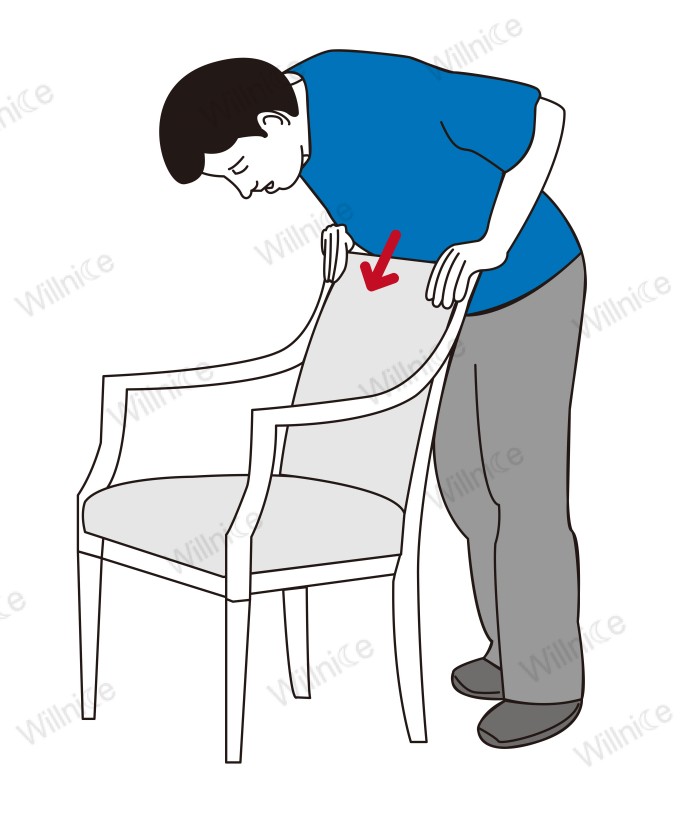
Step 1 Find a Hard Surface
- Locate a hard, stable surface such as a countertop, the back of a chair, or a railing.
Step 2 Lean forward
- Position yourself so that the edge of the hard surface is right against your upper abdomen, just above the navel and below the ribcage.
Step 3 Thrust yourself downward
- Use a quick, forceful movement to press your abdomen against the edge of the surface, pushing downward and inward. Use the downward force of your body to generate pressure.
Step 4 Repeat if Necessary
- If the first attempt doesn't clear the obstruction, continue performing thrusts until it is dislodged.
Note:
Using the Heimlich Maneuver requires significant force, which may lead to injuries such as broken ribs or internal damage, particularly in older adults or individuals with osteoporosis. Additionally, without proper training, incorrect application of the Heimlich maneuver could drive the obstruction deeper, worsening the situation. It is advisable to complete a professional choking first aid course.
Alternatively, consider equipping yourself with a safe, effective anti-choking device. These choking devices are easy to use, require no prior training, and are designed to safely remove obstructions without causing internal damage.
Conclusion
Both self-Heimlich methods are effective. Choose the one that best suits your body type, strength, and specific circumstances.
The key is to ensure safety and effectiveness during a choking incident. It is recommended to practice these techniques under professional guidance to ensure you can perform them correctly in a choking emergency.
Also Read


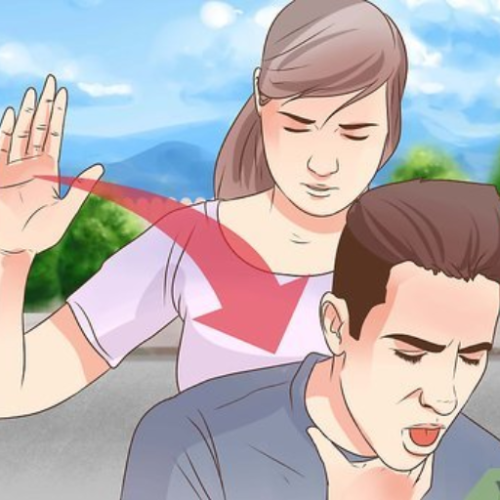
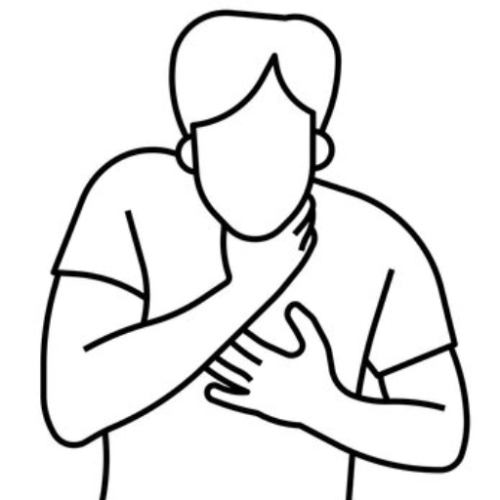


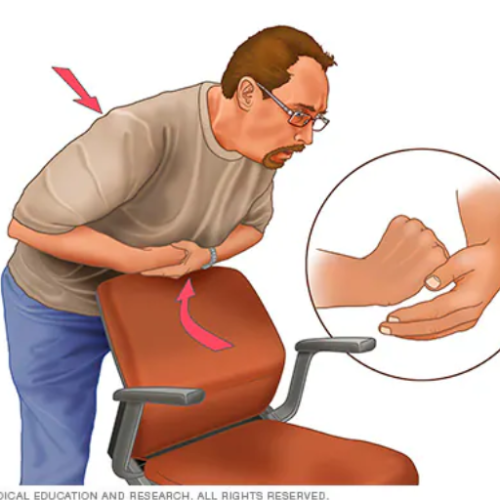

 Login with Google
Login with Google Login with Facebook
Login with Facebook